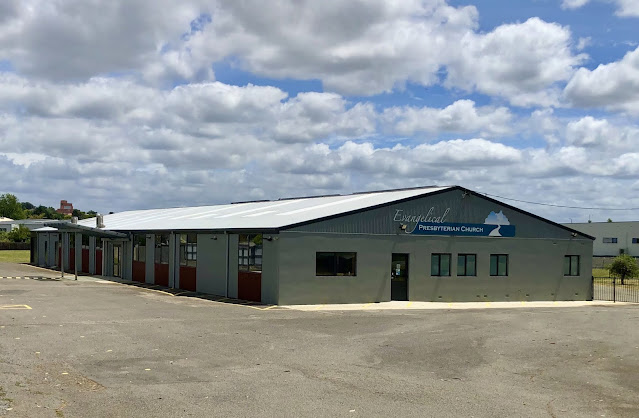No. 825 - New Town Congregational Church

New Town is a northern suburb of Hobart. It is also one of Hobart’s oldest suburbs and consequently the area contains many historic churches. New Town became a municipality in 1907 but was absorbed into greater Hobart in the 1920s when its municipal status was relinquished. New Town’s former Congregational Church is a lesser known church designed by James Blackburn (1803–1854), civil engineer, surveyor and architect. Blackburn was transported to Van Dieman’s Land for forgery and arrived in Hobart in 1833. He was employed in the Department of Roads and Bridges until pardoned in 1841. Blackburn was one of Tasmania's most original, technically proficient and imaginative architects. Examples of his work include Holy Trinity Hobart, the Congregational Chapels at Bagdad and Cambridge; St Mark's Pontville, St Matthew's Glenorchy, and Sorell Presbyterian Church. The New Town Congregational Church reflects Blackburn’s hallmark Victorian Romanesque style. The church’s closure and ...






